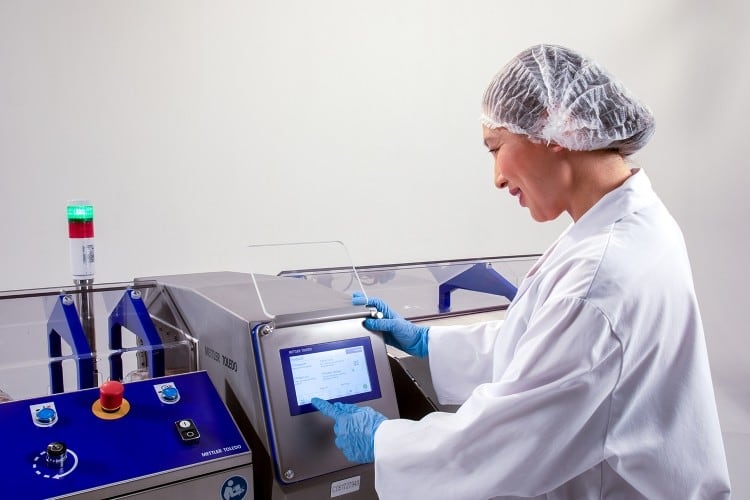Colleen Ray and her colleagues from the university used nuclear magnetic resonance (NMR) spectroscopy to detect whether food products have been modified or adulterated with fillers like vegetable oil.
Similar in practice to an MRI scan, NMR spectroscopy uses a magnet and radio waves to determine the content and purity of different substances and has been used before with other food products like honey, olive oil and wine.
Powerful tool
“The analysis of food products with NMR spectroscopy is a powerful tool for the detection of adulteration,” said Michael Greenlief, who is also a professor of chemistry at the university.
“It is ideal for analyses of this type due to a high sample throughout, the ability to discriminate based on structural differences of metabolites with similar masses, and the ability to examine samples in either their native state or with little sample preparation.”
In this study, scientists created and tested a method to identify vegetable oil adulterants in hard cheese products. Tests found that 29% of 52 samples of various non-refrigerated grated parmesan cheese were adulterated with palm oil – adulterated samples did not mention palm oil as an ingredient on the label.
Genuine cheeses
“Genuine cheeses were found to have a very consistent lipid profile from sample to sample, improving the power of this approach to detect vegetable oil adulteration,” Ray said.
“Palm oil itself is a clever adulterant owing to its semi-solid state at room temperature, similar colour to cheese, and low price compared to cheese. However, this study is strictly limited to the lipid profile of these products, and no attempts were made to quantify any fillers aside from palm oil.”
A scientist at the US Food and Drug Administration has expressed interest in learning more about the team’s process to help detect adulteration in food products.
Meanwhile, Campden BRI is seeking partners for new foreign body detection research to help combat unsafe products and costly recalls.




